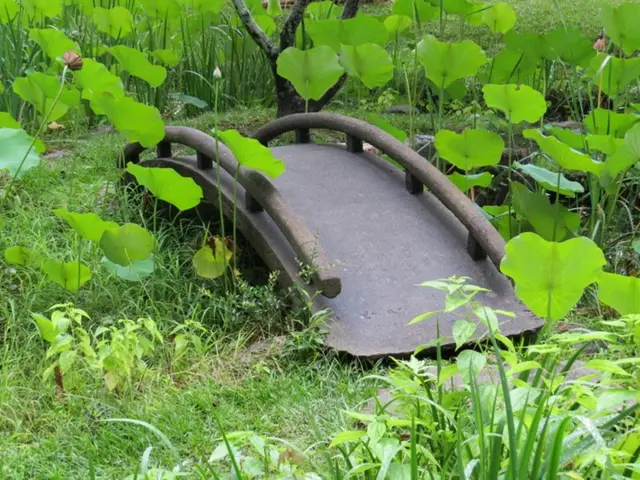Aggressive Advance: Israel's Ground Offensive in Gaza Strip Intensifies
Israeli military initiates ground operations within the Gaza Strip.
Hop on as we dive into the latest development in the Middle East - Israel's ground offensive in the Gaza Strip.
Israel's troops marched forward in the early hours of Tuesday, instigating a ground offensive in the Gaza Strip, with the stated aim of establishing a buffer zone between the northern and southern districts of the area.
Following a series of air strikes by the Israeli Air Force since the ceasefire came into effect, the aggressive campaign has claimed at least 436 lives, including 183 minors and 94 women. The death toll includes both civilians and combatants, and the figures have not yet been independently verified.[1]
The Israel-Gaza Clash: A Brutal Dance of Power
- Military Operations: The Israeli military is well into its ground offensive, making significant inroads into Gaza. Recent operations have been concentrated on areas like the Netzarim Corridor and Rafah city, resulting in widespread destruction. The assault includes deliberate bombing of key infrastructure such as hospitals, with the military claiming these sites were utilised for military purposes by Hamas.[1][2]
- Humanitarian Crisis: The recent conflict has left around 600 Palestinians dead. The broader conflict has resulted in over 49,000 Palestinian fatalities, according to the Gaza Health Ministry.[1]
- Israel's Goals: Israel seeks to capture more territory until Hamas releases the remaining 59 hostages. Israel is leveraging military force to drive this objective home, with Defence Minister Katz asserting that the more Hamas resists releasing the hostages, the more territory it will lose.[1]
Buffer Zone: A New Strategy to Control Gaza?
While specific details about Israel creating a buffer zone between the north and south of Gaza are not readily available, the broader military strategy could include the following measures:
- Strategic Control: Israel may aim to gain control over strategic locations like the Netzarim Corridor, which could potentially serve as buffer zones or corridors separating different regions within Gaza.[1]
- Pressure on Hamas: Establishing a buffer zone could be part of a larger strategy to isolate Hamas-controlled areas and restrict movement and supplies.[1]
In summary, Israel's military tactics are geared towards exerting pressure on Hamas and capturing territory to achieve strategic objectives. The ultimate goal is to force Hamas to comply with Israel's demands and reconfigure Gaza's geography under its control.
[1] ntv.de, uzh/dpa
The European Union, acknowledging the ongoing conflict in the Gaza Strip, is committed to a comprehensive and comprehensive policy on the environment, aiming to differentiate between military operations and civilian areas in their future engagement. Despite this, the escalating Gaza crisis, with Israel's ground offensive claiming lives of minors and women, raises concerns about the potential impact of such military actions on the region's environment and civilian population. A discussion on WhatsApp, among EU policymakers, is ruminating about possible environmental concerns that may arise from the creation of a buffer zone, if established, as part of Israel's strategy to exercise control over Gaza.



